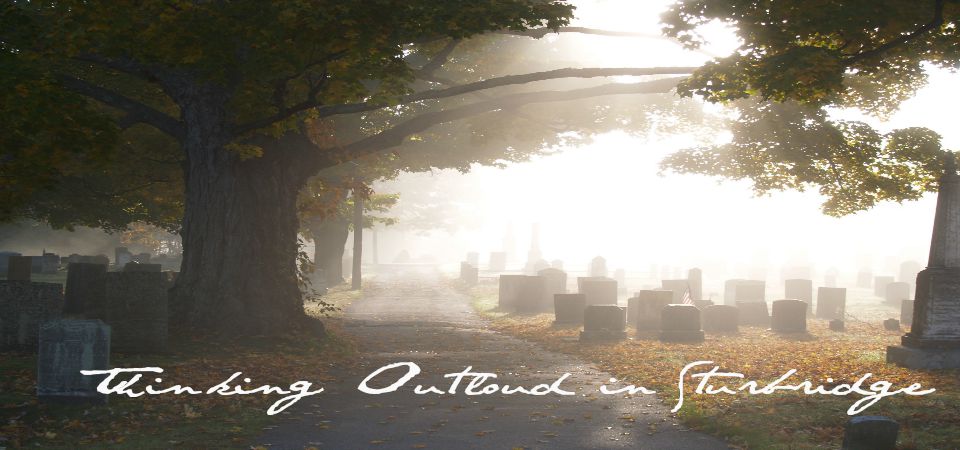With all the debate about a particular tree in our town, I thought it would be a good idea to share how another community has dealt with an old tree, and a very famous old tree at that.
Famous 'Tree' poem originates at U.
|
His poem begins with its two most famous lines: "I think that I shall never see / A poem lovely as a tree." An old, 70-foot-high white oak tree that used to be located at the Rutgers Agricultural School, later the location of the Labor Education Center on Cook campus, was Kilmer's inspiration to this world-renowned poem.
Since then, this famous 300-year-old tree had to be cut down in 1963 because it was dying. Although it was hewed four decades ago, its remnants still exist today, and most of the pieces of the tree are still owned by Cook College.
This past June, Highland Park planted another tree in front of Highland Park High School to mark the 100th anniversary of the day Kilmer saw the white oak at the University.
This tree is considered the grandchild of Kilmer's inspirational tree, because it is genetically and biologically the same as the tree Kilmer saw 100 years ago.
Kilmer was a student at Rutgers College from 1904-06. He was also a reporter and associate editor of The Daily Targum before he transferred to Columbia University where he graduated in 1908...
Harvey J. Brudner, president of the Joyce Kilmer Centennial Commission, said a student had to pass the entire year of courses during the time that Kilmer went to school in order to progress to the next year. Unfortunately, Kilmer was not the best math student and was told he had to repeat his sophomore year. Instead of repeating every course, he and his parents decided it was best for him to change schools. He then became a student at Columbia in New York City.
However, Kilmer found a way to always remember his time at the University.
As a student, he discovered a tall white oak and later wrote "Trees," which has been translated into many different languages and has been the foundation of many young students' lessons of memorization in the younger grades.
After graduating from Columbia, he became a teacher. He continued his writing with various poems, essays and even a play. He also worked for The New York Times. However, his various works never received much recognition. In a 2001 Star-Ledger article, staff-writer Alexander Lane regarded Kilmer as a "one-hit wonder of a poet."
Kilmer was a resident of New Brunswick for 20 of his 31 years of life. He was killed during World War I in 1918 when he was fighting in France.
Kilmer also has many notable family ties. His father was Fred Kilmer, director of scientific affairs at Johnson & Johnson - which opened in New Brunswick in 1886 - and developer of baby powder. An ancestor of his was traced down to one of the signers of the Magna Carta as well.
Brudner worked with Kenton Kilmer, Joyce Kilmer's son, in 1986 to establish the Joyce Kilmer Centennial Commission. Brudner said of Kenton Kilmer, "The more I studied with him about the background of his father, I realized the more important the life of Joyce Kilmer will be when understood."
The main objective of the commission is to help Kilmer acquire more recognition for his works by selling books about him and explaining his different works. Members try to stress the importance of his works and help others understand their meanings. They have even attempted to have stamps made in Kilmer's recognition.
***************
I think that I shall
never see
A poem lovely as a tree.
A tree whose hungry
mouth is pressed
Against the earth's sweet flowing breast;
A tree that looks at
God all day
And lifts her leafy
arms to pray;
A tree that may in
summer wear
A nest of robins
in her hair;
Upon whose bosom
snow has lain;
Who intimately
lives with rain.
Poems are made by
fools like me,
But only God can
make a tree.
From the DailyTargum.com
Serving the Rutgers Community since 1869
http://media.www.dailytargum.com/media/storage/paper168/news/2004/10/12/PageOne/Famous.tree.Poem.Originates.At.U-750005.shtml


No comments:
Post a Comment
Anonymous comments not accepted, and will be rejected. Please use your full name. Choose "Name / URL" and enter your name, and your name ONLY. Leave "URL" blank.